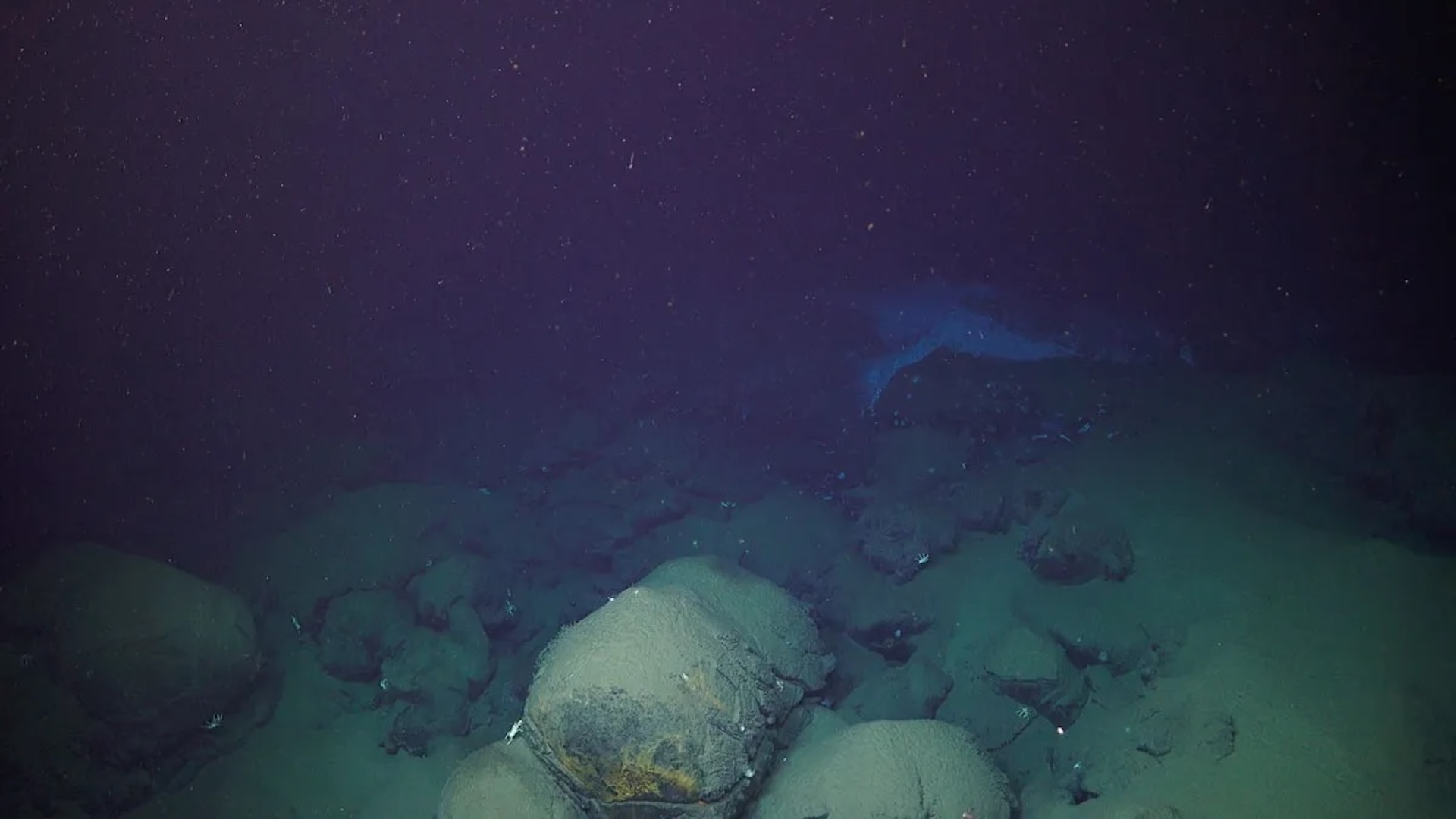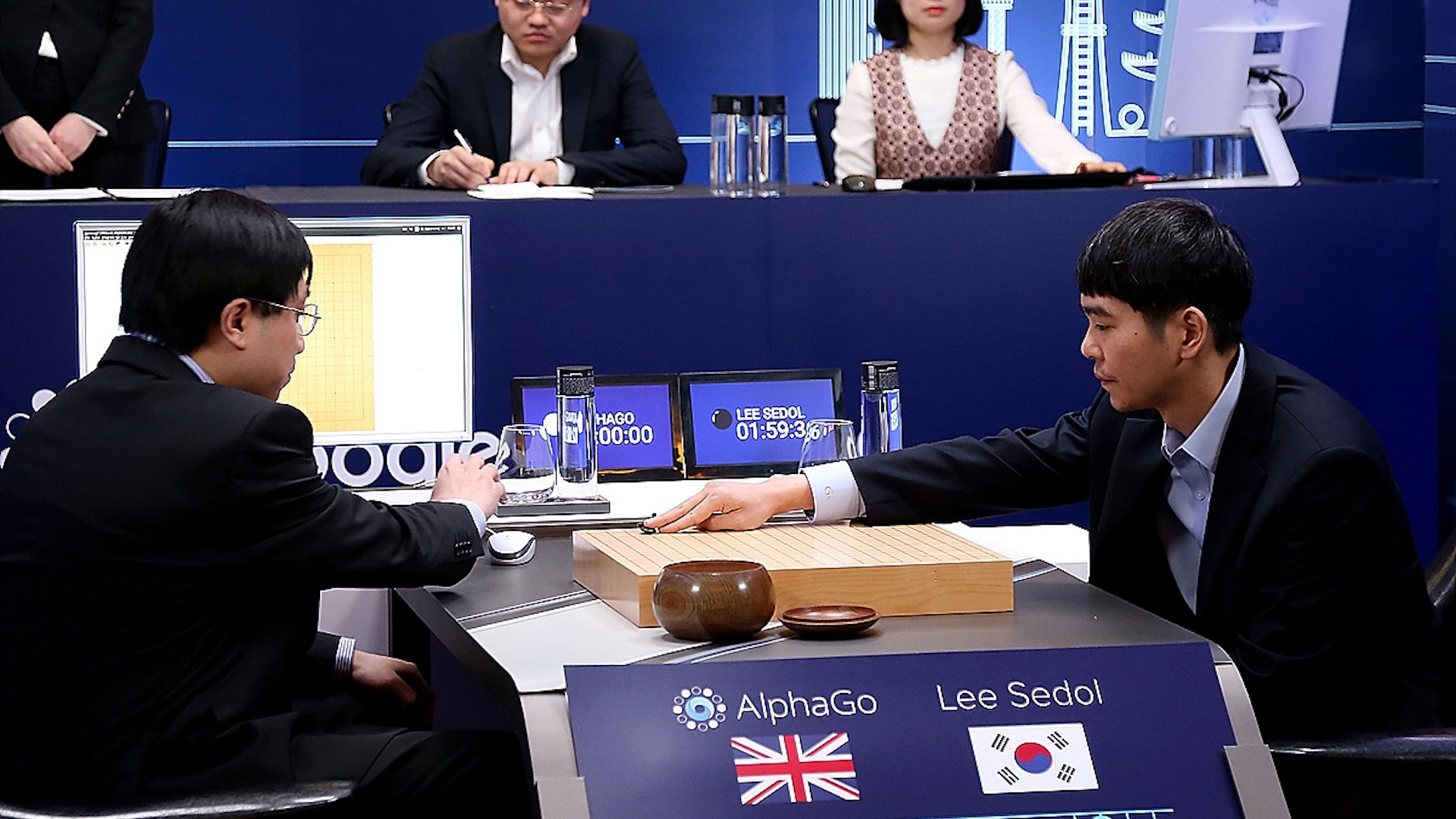Fibers, Vol. 12, Pages 33: Fabrication of a PLA/PVA-BIO-HA Polymeric Membrane by the Electrospinning Technique
Fibers doi: 10.3390/fib12040033
Authors: Brenda Lizbeth Arroyo-Reyes Celia Lizeth Gómez-Muñoz Placido Zaca-Morán Fabián Galindo-Ramírez Marco Antonio Morales-Sánchez
In the present work, the fabrication of a membrane composed of polylactic acid (PLA), polyvinyl alcohol (PVA), and Biological Hydroxyapatite (BIO-HA) is reported using the coaxial electrospinning technique. The membrane fabrication process involved mixing a solution of PLA and trichloromethane (TCM) with a second solution of PVA, isopropyl alcohol (IPA), distilled water, and BIO-HA at 110 °C. Subsequently, the electrospinning process was carried out using a voltage of 25 kV for 30 min on a rotating drum collector at 1000 rpm. The membrane was characterized through Scanning Electron Microscopy (SEM), Energy-Dispersive X-ray spectroscopy (EDS), Fourier-Transform Infrared spectroscopy (FTIR), Thermogravimetric Analysis (TGA), and Differential Scanning Calorimetry (DSC). The morphological results revealed the presence of randomly arranged fibers with an average diameter of 290 ± 9 nm and interfiber spacing ranging from 200 to 700 nm, which are characteristics conducive to cell proliferation. Additionally, FTIR studies confirmed the presence of BIO-HA and the constituent elements of the polymers in the composite membrane. The polymeric membrane in contact with human mesenchymal stem cells was characterized as showing significant differences in its behavior at 6, 24, and 72 h post-contact. These studies indicate that the membrane provides physical support as a scaffold due to its suitable morphology for cell adhesion and proliferation, attributable to the electrospinning conditions as well as the polymers contained in BIO-HA. Membrane toxicity was confirmed through a cytotoxicity study using fluorescence microscopy, which showed that the membrane provided a favorable environment for cell proliferation. These results suggest that exposure to BIO-HA enhances its potential application in bone and joint tissue regeneration.

 3 months ago
36
3 months ago
36


